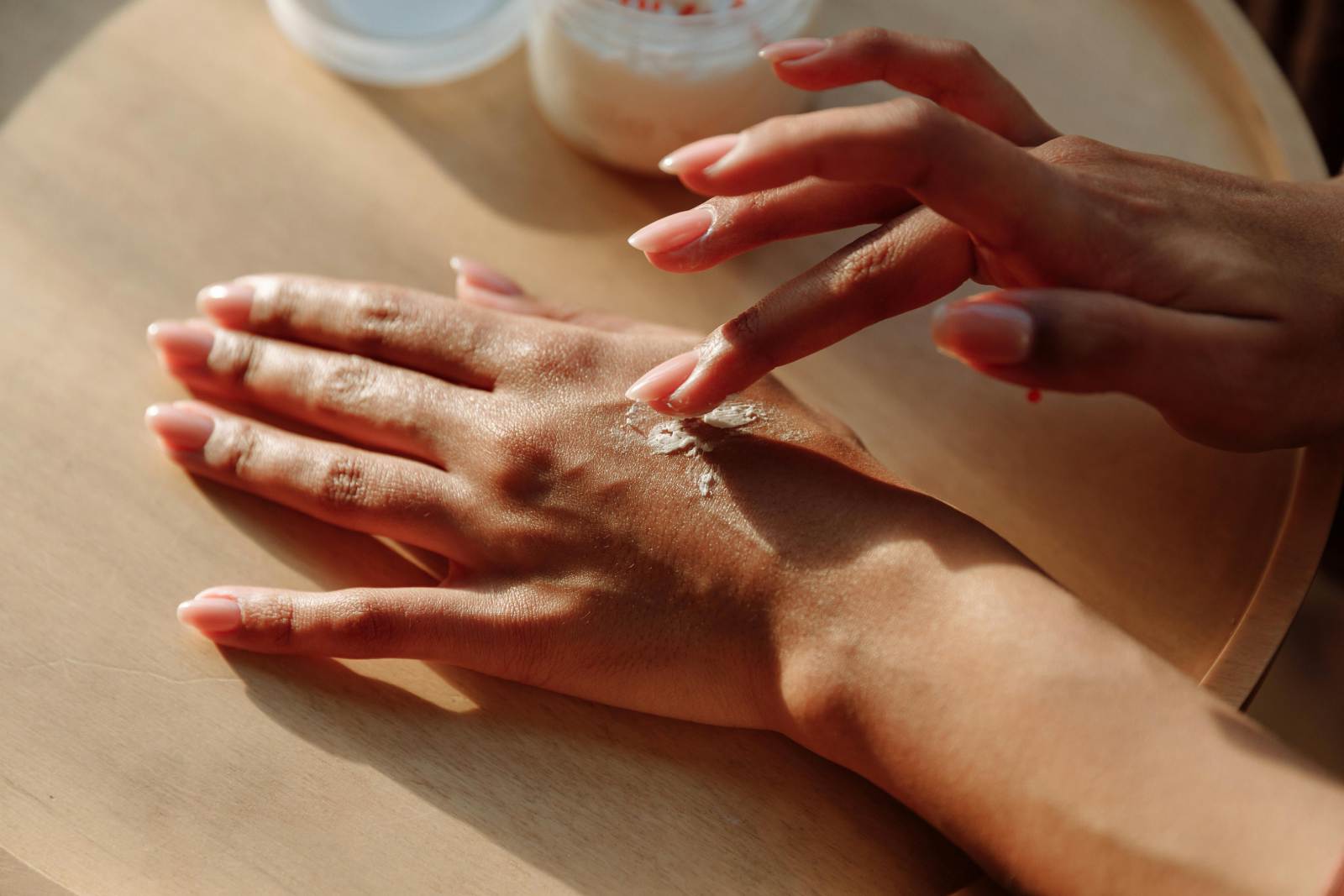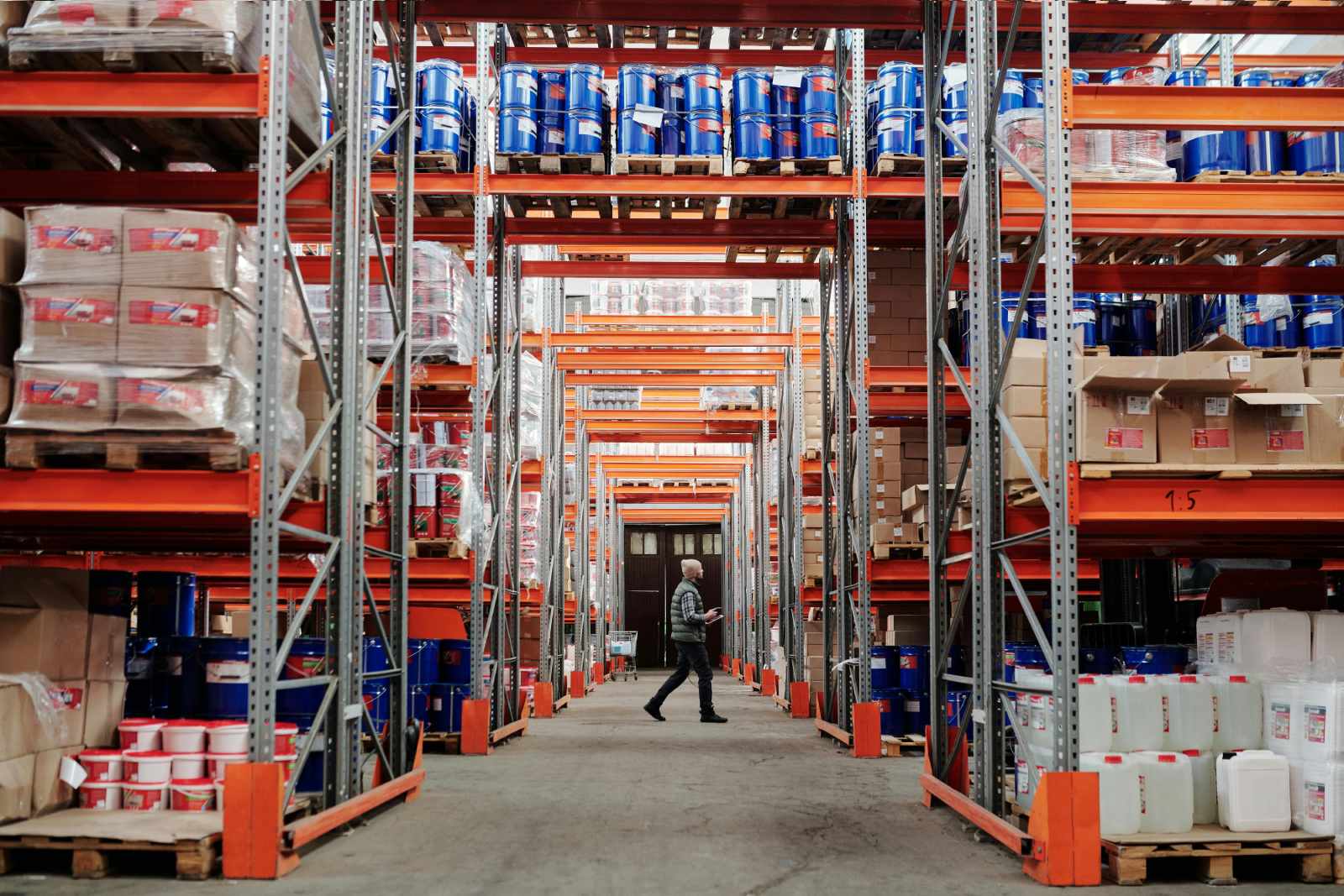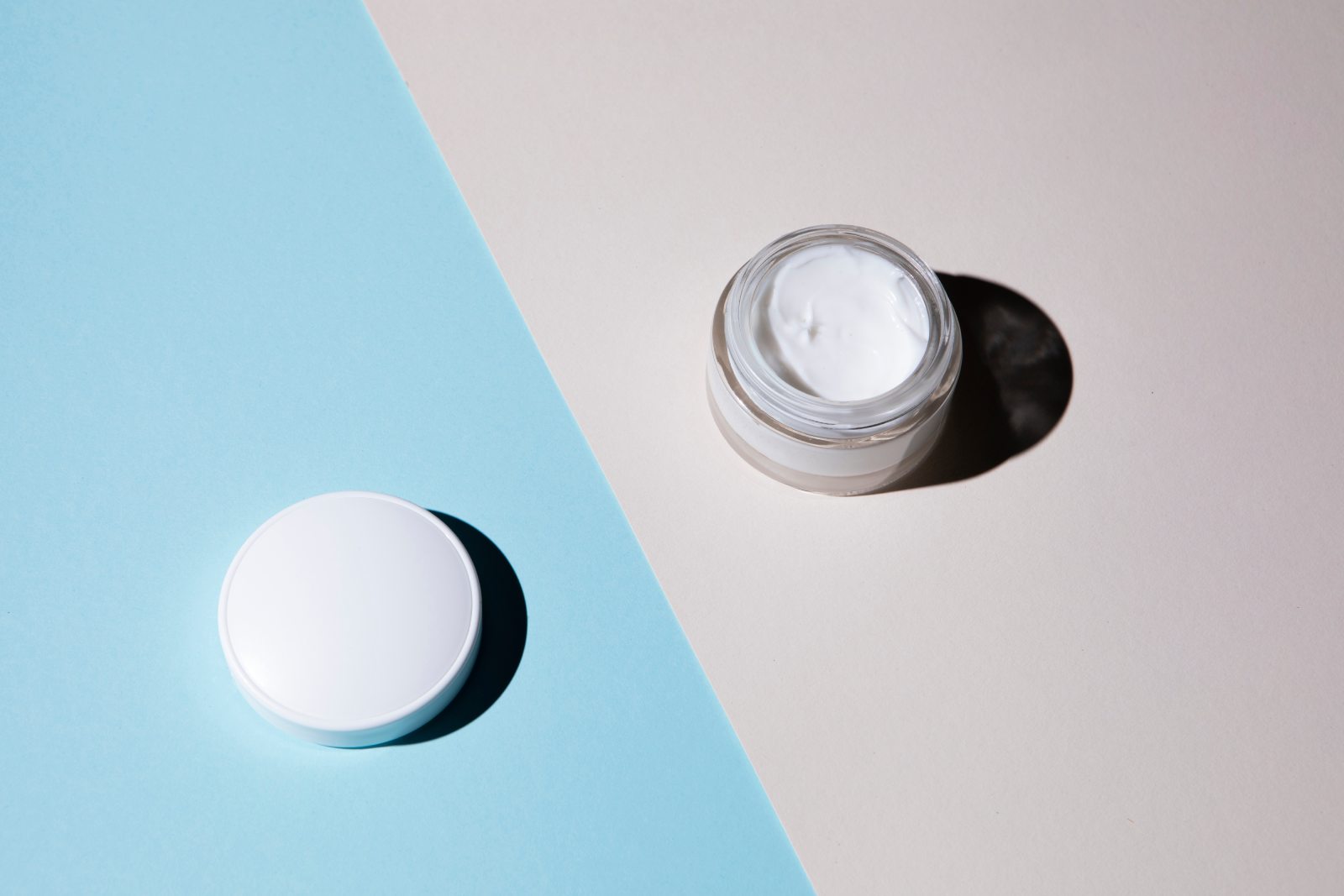Traceability in cosmetics industry
In today’s fast-paced and consumer-driven beauty industry, regulatory traceability has become a cornerstone for ensuring product safety, transparency, and compliance. Consumers want comprehensive information about the ingredients in their cosmetics, the ethical beauty sourcing of materials, and the environmental impact of products they use daily.
This growing awareness is influencing global regulatory frameworks and compelling brands to adopt robust traceability systems to ensure compliance, foster trust, and reinforce brand integrity.
Key Regulations Impacting Cosmetic Traceability
EU cosmetics regulations
The European Union – Cosmetics Regulation (EC) No 1223/2009 sets comprehensive rules regarding ingredient safety, product labelling, and the role of a designated “responsible person” for ensuring compliance.
The regulation also mandates that cosmetic products must be traceable for potential recalls and adverse reaction monitoring.
Furthering its commitment to sustainability, the European Green Deal and the Sustainable Products Regulation influence packaging traceability and lifecycle transparency. These initiatives push brands to adopt eco-design principles, utilize recyclable materials, and improve supply chain accountability.
The Ecodesign for Sustainable Products Regulation aims to improve the sustainability of products placed on the EU market by improving product durability, reusability, upgradability and reparability, product maintenance and refurbishment, increasing recycled content.
Making products easier to remanufacture and recycle, energy and resource-efficient
And finally improving for the consumers the availability of information on product sustainability.
US cosmetics Regulations
In the United States, the Modernization of Cosmetics Regulation Act of 2022 (MoCRA) marked a significant shift by enhancing FDA oversight.
MoCRA requires companies to register facilities, list ingredients, and report serious adverse events.
It also mandates safety substantiation, enhancing traceability and consumer protection.
Cosmetics regulations: Asia-Pacific & Global Frameworks
Provisions for Supervision and Administration of Manufacturing and Marketing of Cosmetics issued by National Medical products Administration of China, enforces rigorous traceability through detailed registration for domestic and imported products.
It emphasizes transparency of ingredients, quality control, and efficacy claims.
Globally, ISO standards provide a harmonized framework for cosmetic safety and Sustainable cosmetics supply chain.
ISO 22716, for example, outlines Good Manufacturing Practices (GMP), helping companies ensure consistency and traceability across international markets.
The Role of Digital Traceability in Cosmetics
Digital solutions are transforming traceability in the beauty industry, making it easier for brands to ensure transparency, enhance safety, and build lasting consumer trust.
Ingredient traceability cosmetics & Safety
Several technologies, such QR code cand smart labels, allow brands to trace cosmetics ingredients back to their origins, giving consumers confidence in product safety and ethical sourcing.
AI-driven databases support real-time checks for banned or harmful substances.
Ethical beauty sourcing & Responsible Supply Chains
Digital traceability solutions verify sustainability certifications, including cruelty-free and vegan claims.
Organizations, for example the ICCR (International Cooperation on Cosmetics Regulation), a voluntary group of countries, including the United States, the European Union, and Japan, are working together to harmonize regulations and create common guidelines for the cosmetics industry.
They play key roles in setting standards and monitoring compliance across the supply chain.
Smart Labelling & Digital Product Passports (DPPs)
QR code, smart labels and RFID in cosmetics packaging provide consumers with instant access to product information.
DPPs are emerging as essential tools for full lifecycle transparency, enabling users to track every stage of a product’s journey.
Challenges in Implementing Cosmetic Traceability
Supply Chain Complexity
The global nature of ingredient sourcing involves multi-tier suppliers operating under diverse regulations.
This fragmentation creates challenges in tracking ingredient origins, verifying claims, and ensuring authenticity.
- Key issues:
- Incomplete end-to-end cosmetics traceability visibility
- Risks of adulteration or substitution
- Limited verification of ethical beauty sourcing
Data Standardization Gaps
Regulatory inconsistencies across regions such as differing documentation requirements in the EU, US, and China make it difficult for brands to implement a unified traceability system.
- Challenges include:
- Varying labelling and reporting rules
- Disparate ingredient safety standards
- Integration complexity across markets
Cost Barriers for Small & Indie Beauty Brands
Smaller beauty brands often lack the resources to adopt expensive cosmetics traceability technologies.
Compliance requires significant investment in infrastructure, training, and third-party verification.
- Financial barriers:
- High-tech adoption costs
- Ongoing certification expenses
- Pressure to remain price-competitive while ensuring compliance
The Need for Scalable, Cost-Effective Solutions
Industry-wide collaboration and innovation are vital.
Cloud-based traceability systems and QR code cosmetic labels offer affordable solutions that lower entry barriers for small brands while maintaining regulatory integrity.
Case Studies: Beauty Brands Leading in Traceability
L’Oréal & Blockchain cosmetic traceability Integration
L’Oréal has partnered with IBM to leverage blockchain and AI in cosmetic product tracking for ingredient transparency and safety verification.
These technologies ensure that each product’s journey, from raw material to shelf, is traceable and compliant.
The Body Shop & Ethical beauty sourcing
With a commitment to fair-trade and cruelty-free sourcing, The Body Shop has built cruelty-free cosmetics traceability to authenticate its ethical claims.
The brand works closely with local producers and NGOs to ensure transparency and compliance.
Sephora’s Clean beauty product traceability Initiative
Sephora’s “Clean at Sephora” label uses digital tools to educate consumers about beauty product ingredients and sustainability.
This initiative promotes greater transparency and helps customers make informed decisions.
Future Trends in Cosmetic Traceability & Compliance
AI in cosmetic product tracking & Big Data in Regulatory Monitoring
Data-driven platforms are revolutionizing how brands handle regulatory compliance.
These tools monitor regulatory updates, analyse ingredient safety, and validate label accuracy automatically, helping brands minimize risk and accelerate market readiness.
Beauty Eco-Friendly Packaging Regulations
Regulations such as the EU cosmetics regulations for Packaging and Packaging Waste Regulation (PPWR), are driving brands to innovate with recyclable, refillable, and compostable packaging.
Smart labels in the beauty industry now include recycling info and material origin, enhancing lifecycle traceability.
Stricter Global Enforcement of the Personal care product traceability
Governments are tightening enforcement on beauty product safety, transparency, and consumer rights.
Mandatory digital cosmetics traceability systems and increased testing requirements will soon be standard, making proactive compliance essential for all cosmetic companies.
Traceability in cosmetics industry: Next Steps
Cosmetic traceability is a significant business advantage.
As global regulations evolve and cosmetic supply chain transparency becomes a key differentiator, companies must invest in scalable, innovative solutions to stay ahead.
By embracing digital tools, aligning with international standards, and committing to ethical practices, cosmetic brands can ensure compliance, build consumer trust, and pave the way for a more transparent, sustainable beauty industry.
Read more: Global Traceability in Luxury Cosmetics: Ensuring Compliance & Brand Integrity



